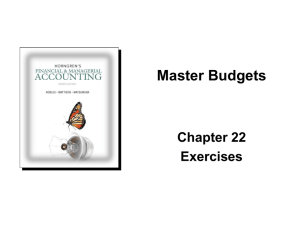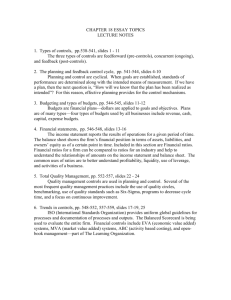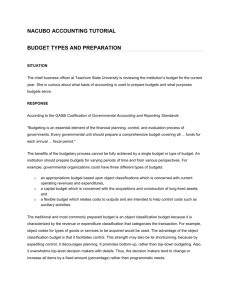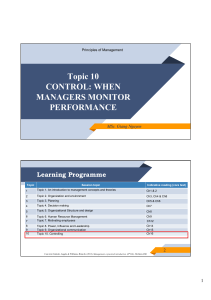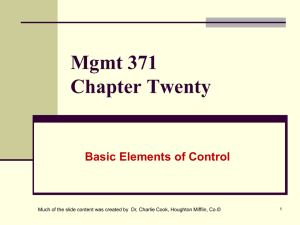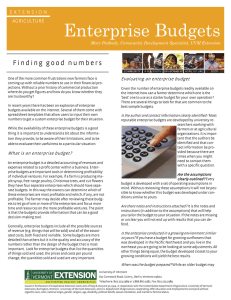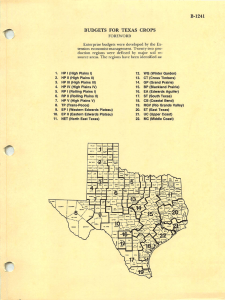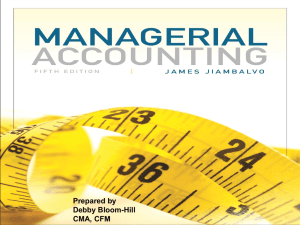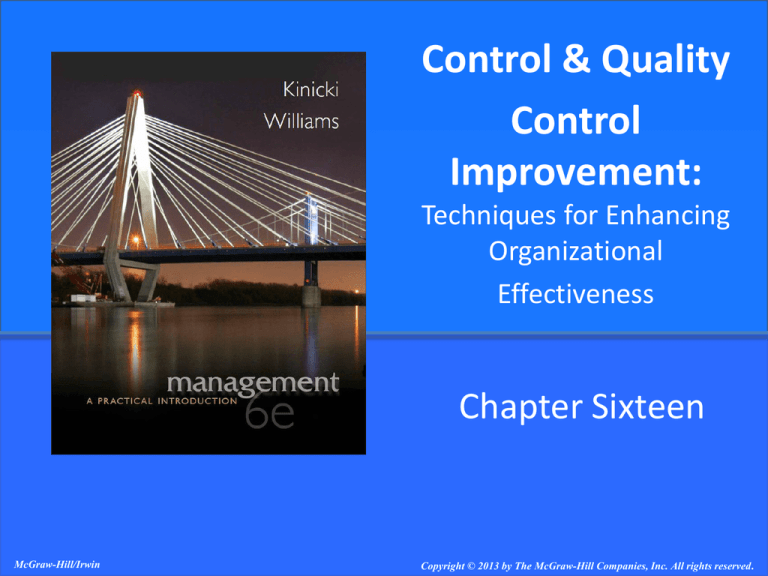
Control & Quality
Control
Improvement:
Techniques for Enhancing
Organizational
Effectiveness
Chapter Sixteen
McGraw-Hill/Irwin
Copyright © 2013 by The McGraw-Hill Companies, Inc. All rights reserved.
Major Questions You Should Be
Able to Answer
16.1 How do managers influence productivity?
16.2 Why is control such an important managerial
function?
16.3 How do successful companies implement
controls?
16.4 How can three techniques—balanced
scorecard, strategy maps, and measurement
management—help me establish standards
and measure performance?
16-2
Major Questions You Should Be
Able to Answer
16.5 What are the financial tools I need to know
about?
16.6 How do top companies improve the quality
of their products or services?
16.7 What are the keys to successful control,
and what are the barriers to control
success?
16-3
Managing for Productivity
Productivity
outputs divided by inputs, where outputs are the
goods and services produced, and inputs are
labor, capital, materials,
and energy
16-4
Managing for Productivity
and Results
Figure 16.1
16-5
Control: When Managers Monitor
Performance
Controlling
defined as monitoring performance, comparing it
with goals, and taking corrective action as
needed
Figure 16.2 Controlling for Productivity
16-6
Steps in the Control Process
Figure 16.4
16-7
Levels of Control
Strategic control
monitoring performance to ensure that strategic
plans are being implemented and taking
corrective action as needed
Tactical control
monitoring performance to ensure that tactical
plans—those at the divisional or departmental
level—are being implemented
16-8
Levels of Control
Operational control
monitoring performance to ensure that
operational plans—day-to-day goals—are being
implemented and taking corrective action as
needed
16-9
Structural Area
Bureaucratic control
an approach to
organizational control
that is characterized
by use of rules,
regulations, and
formal authority to
guide performance
Decentralized control
an approach to
organizational control
that is characterized
by informal and
organic structural
arrangements
16-10
The Balanced Scoreboard
Balanced scoreboard
gives top managers a fast but comprehensive
view of the organization via four indicators:
(1) customer satisfaction, (2) internal processes,
(3) innovation and improvement activities and
(4) financial measures
16-11
Types of Budgets
Table 16.1
16-12
Fixed Versus Variable Budgets
Fixed budgets
resources are
allocated on a single
estimate of costs
Variable budgets
resources are varied
in proportion with
various levels of
activity
16-13
The PDCA Cycle
Figure 16.7
16-14
Total Quality Management
Total Quality Management (TQM)
a comprehensive approach—led by top
management and supported throughout the
organization—dedicated to continuous quality
improvement, training,
and customer satisfaction
16-15




